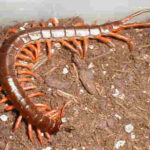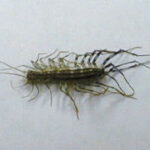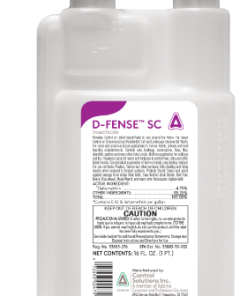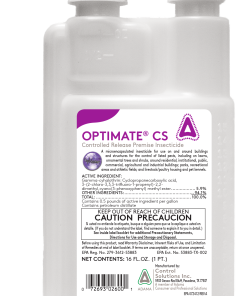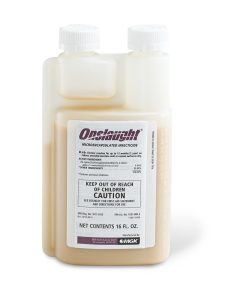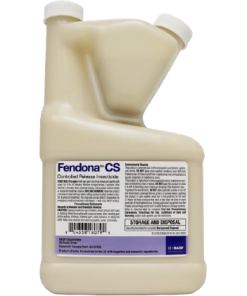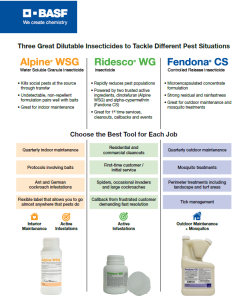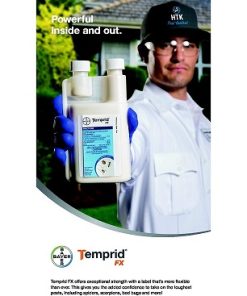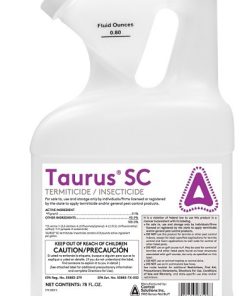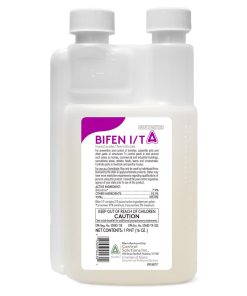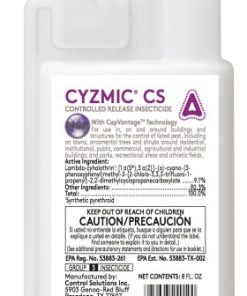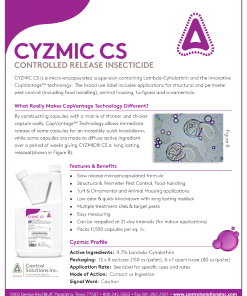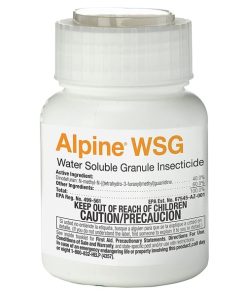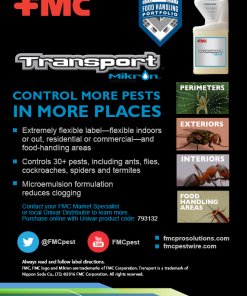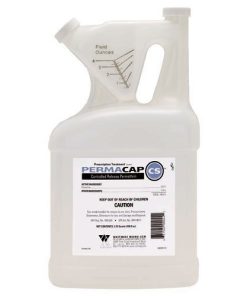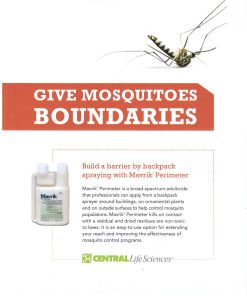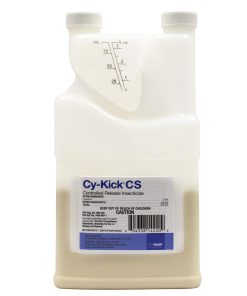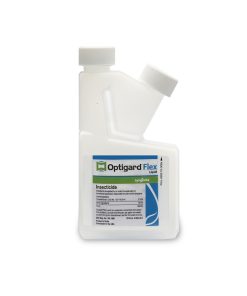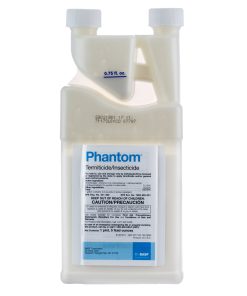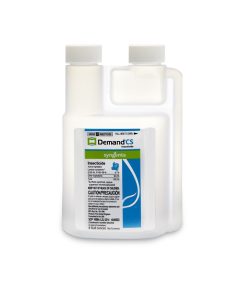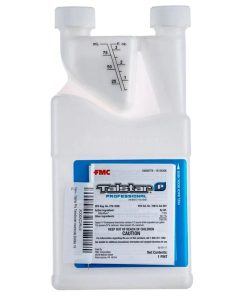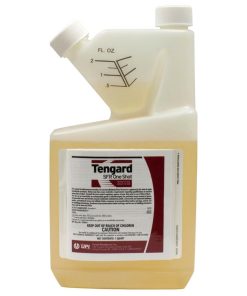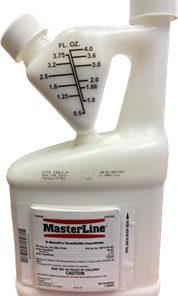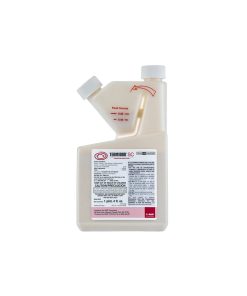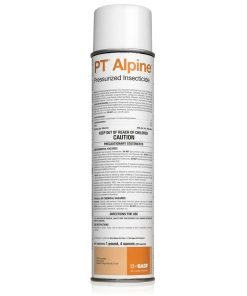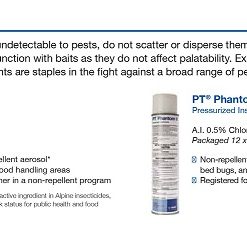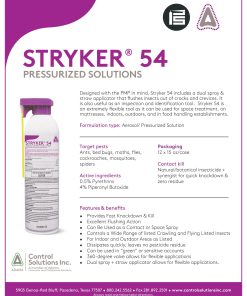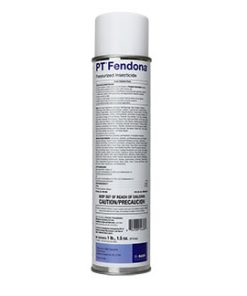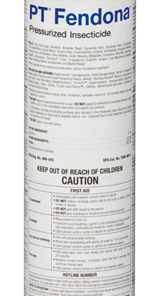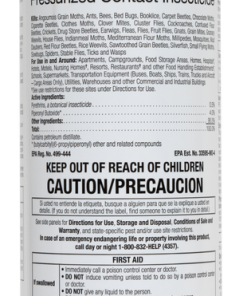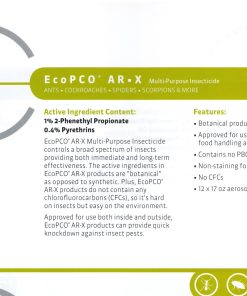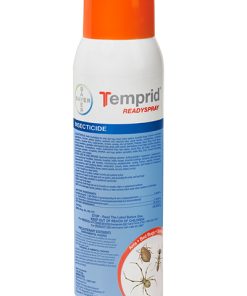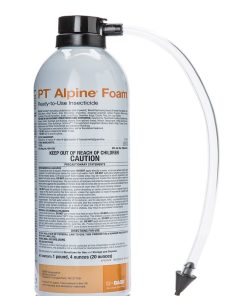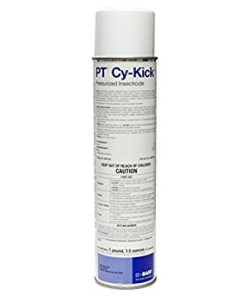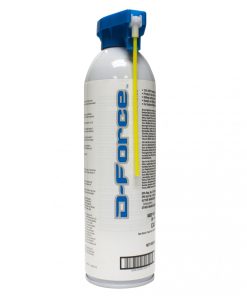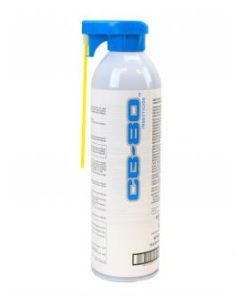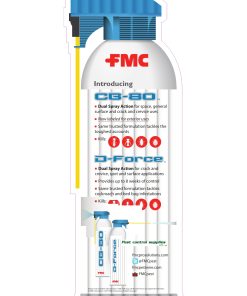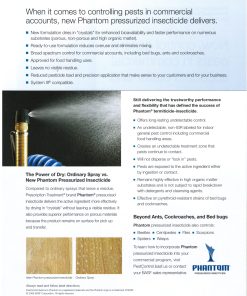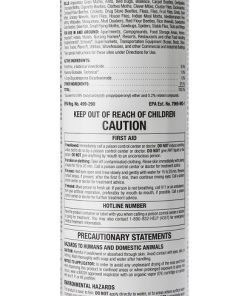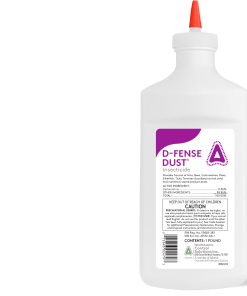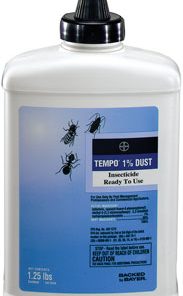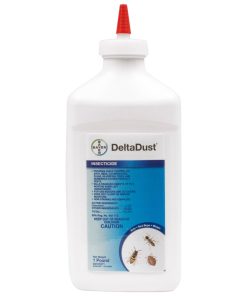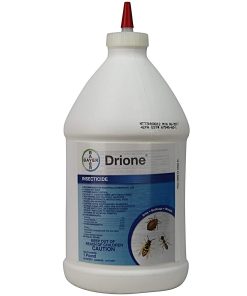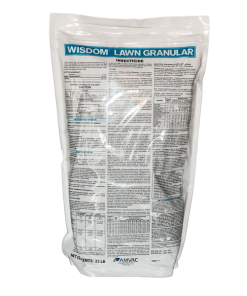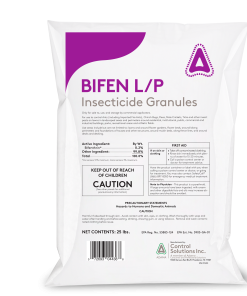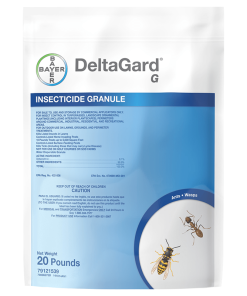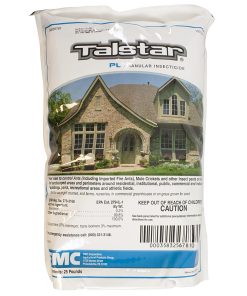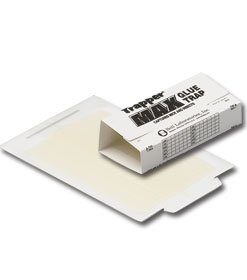centipede control
Centipede control. Centipedes are arthropods that have elongated bodies with one pair of legs per segment. They range in size from less than an inch to several inches. The giant desert centipede is usually 6 to 8 inches (15 to 20 cm) long, while the common desert centipede is 4 to 5 inches (10 to 13 cm) long. The larger giant desert centipede is orange with a black head and tail. This warning coloration advertises the centipede as dangerous. The smaller, brown and tan, common desert centipede is less so. While painful, neither bite is especially dangerous to humans.
The house centipede is grayish-yellow with 3 dark, long stripes down the back with the legs encircled with alternating dark and white bands. The actual body length is an inch or slightly longer (wormlike), surrounded with 15 pairs of very long legs making the creature appear much larger. The last pair of legs is more than twice the body length of the female. A pair of very long slender antennae extends forward from the head. They move quickly and are sometimes mistaken for long-legged spiders.There are many choices and formulations available for centipede control. There are Aerosols & Ready To Use Products, Spray Concentrates, Dust Insecticides, Insecticide Granules, and Insect Traps.
Insecticide Concentrates
– These concentrates are mixed with water and used in a compressed hand held sprayer to make your application.
Spray Concentrates
Spray Concentrates
Spray Concentrates
Spray Concentrates
Spray Concentrates
Spray Concentrates
Spray Concentrates
Spray Concentrates
Cyzmic CS Micro encapsulated insecticide 8 oz. (Same as Demand CS)
Spray Concentrates
Spray Concentrates
Spray Concentrates
Spray Concentrates
Spray Concentrates
Spray Concentrates
Spray Concentrates
Spray Concentrates
Spray Concentrates
Spray Concentrates
Spray Concentrates
Spray Concentrates
Spray Concentrates
Spray Concentrates
Spray Concentrates
Spray Concentrates
Spray Concentrates
Aerosols & Ready to Use Products
These “ready to use” products are convenient and great for a contact kill and great for flushing out insects. Most offer great residual properties as well.
Aerosols & Ready To Use Products
Aerosols & Ready To Use Products
Aerosols & Ready To Use Products
Aerosols & Ready To Use Products
Aerosols & Ready To Use Products
Aerosols & Ready To Use Products
Aerosols & Ready To Use Products
Aerosols & Ready To Use Products
Aerosols & Ready To Use Products
Aerosols & Ready To Use Products
Aerosols & Ready To Use Products
Aerosols & Ready To Use Products
Aerosols & Ready To Use Products
Aerosols & Ready To Use Products
Dusts
Dusts are usually used to treat into cracks and crevices (such as in the crack between the wall baseboard and floor), in wall voids, cavities, attics or crawl spaces. Be sure that there is proper ventilation in the room and that you don’t over dust or dust in areas accessible by people.
Dust Insecticides
Dust Insecticides
Dust Insecticides
Dust Insecticides
Dust Insecticides
Insecticide Granules
These “ready to use” granular crystals are convenient and great for a contact kill and have a great residual properties for the exterior. They fall down into and under landscape material such as turf, rock or mulch to target problem pests.
Insecticide Granules
Insecticide Granules
Insecticide Granules
Insecticide Granules
Insecticide Granules
Adhesive Traps - Insect
Adhesive Traps - Insect
For additional control, incorporate the use of glue board traps for the capture and elimination of centipedes. Trapper Max Glue Boards are sold in packages of 72. Set them out in dark areas where centipedes might be hiding or foraging. Maintaining sticky traps behind furniture, to either side of exterior doors, and in the garage is an excellent way to intercept most centipedes as they enter.
Centipedes are a favorite of ours here in New Mexico. They are nocturnal and spend their days underground or concealed from the sun in cracks and crevices, or under items laying flat on the ground. This includes landscape material such as black plastic, landscaping cloth, landscape timber, under rocks, or under other items left out in the yard. They lack the waxy layer in their cuticle that other arthropods have, and are therefore more prone to desiccation than are other terrestrial arthropods.
For some reason, the standard Old West story has been that all the centipede’s legs have venom, and one walking across your bare chest will leave a trail of red welts. Not true at least from the venom standpoint, but if your skin is highly sensitive the little claws all falling at the same point might cause some irritation. Truth is, if you are like me, and find one of these crawling across your chest at night, you are more likely to sustain a life threatening injury from hurling yourself out of bed in a flash of panic.
Treat the outside with a residual liquid such as Demand, Tempo or Suspend. Treat all the potential entry points into the house such as windows, doors, vents, fireplaces, plumbing, etc. Spraying centipede harborage areas such as under mulch, black plastic, railroad ties, landscape timber, holes or cracks in cinder block walls, retainer walls or hollow trees will also help. For added control on the exterior, apply a pesticide granular product such as Talstar.
Treat the inside with a liquid concentrate, aerosol, or dust. These products can be applied to cracks and crevices where these arthropods hide. Be sure to pay attention to plumbing areas, wall voids, and under cabinets.
For additional control, use Trapper Max Glueboards. These sticky traps work great when strategically placed throughout the home or garage.
Youtube demonstration video on how to use Talstar Pro Perimeter Spray to achieve effective control while minimizing risks to non-target organisms.

